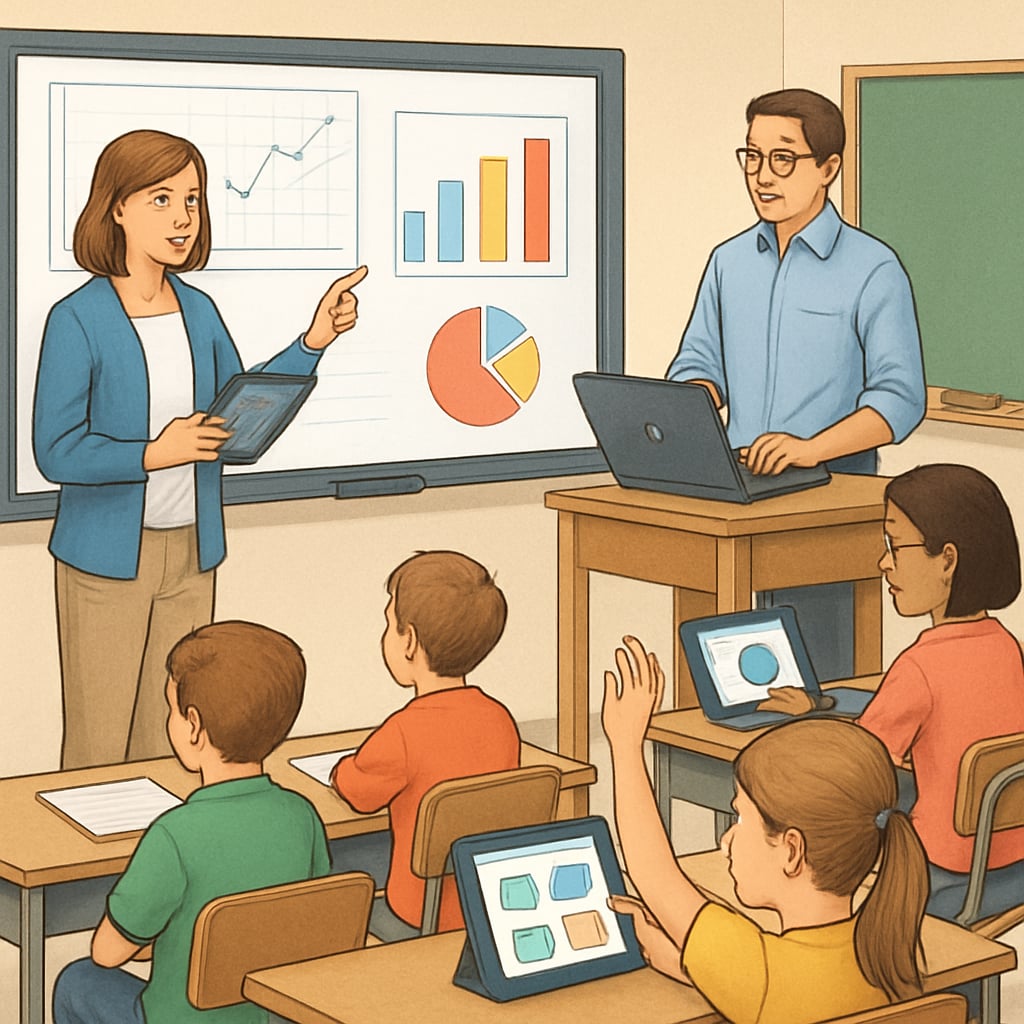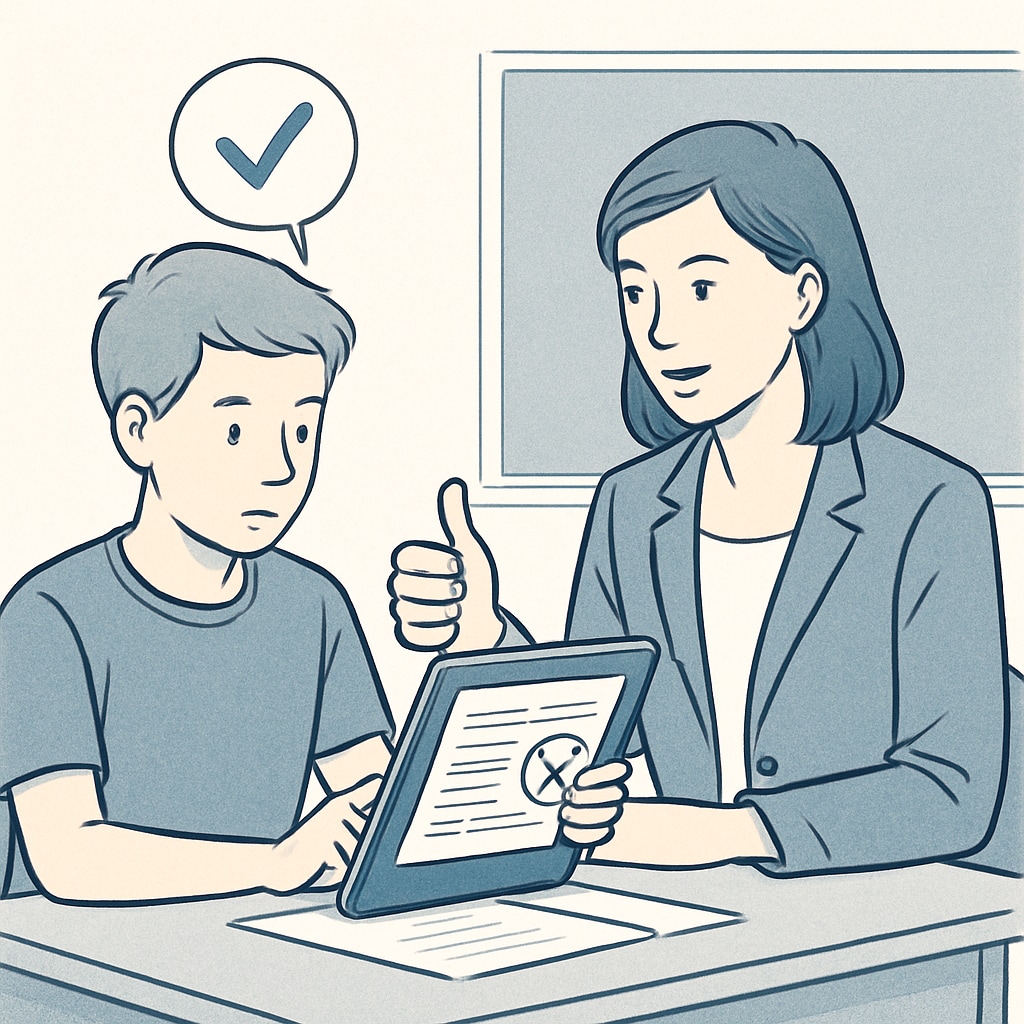The K12 education sector is encountering a range of daily challenges that demand innovative solutions. From addressing education pain points to meeting tools demand, the feedback from students and teachers underscores the need for more effective and adaptive educational resources. This article delves into the everyday struggles faced by educators and learners, analyzes the limitations of existing tools, and advocates for a collaborative approach to designing future-ready solutions.

Understanding the Pain Points in Education
Educators and students alike face various obstacles that hinder the learning process. For example, teachers often struggle with balancing administrative tasks with instruction time. Meanwhile, students encounter challenges such as limited access to personalized learning and engaging content. These issues are compounded by outdated tools that fail to address the dynamic needs of modern classrooms.
Common pain points include:
- Time-consuming administrative work for teachers
- Inadequate tools for personalized learning
- Limited accessibility for students with diverse needs
- Technical issues with digital platforms
- Low engagement due to outdated teaching methods
To tackle these challenges, it is essential to first understand the root causes and gather feedback directly from those in the education field.
The Limitations of Existing Educational Tools
While many educational tools claim to address these issues, they often fall short in key areas. For instance, some platforms prioritize flashy features over usability, leaving teachers frustrated with complicated interfaces. Additionally, generic solutions often fail to cater to specific classroom needs, leading to inefficiencies.
Key limitations include:
- Lack of user-friendly design and interfaces
- Insufficient customization for diverse learning environments
- High costs that limit accessibility for underfunded schools
- Poor integration with existing systems
These challenges highlight the need for tools that are not only innovative but also practical and affordable.

Collaborative Development: A Path Forward
To create tools that truly address the needs of educators and students, collaboration is key. Educational technology developers must engage with teachers, students, and administrators to gather comprehensive feedback. This approach ensures that solutions are grounded in real-world experiences and tailored to specific needs.
Strategies for collaborative development include:
- Conducting surveys and focus groups with teachers and students
- Building prototypes and testing them in classrooms
- Partnering with schools to pilot new tools
- Incorporating feedback loops for continuous improvement
By fostering partnerships between educators and developers, the education sector can unlock its full potential and transform the learning experience.
Looking Ahead: A Call to Action
The challenges faced in K12 education are significant, but they also present an opportunity for innovation. By addressing education pain points, analyzing tools demand, and integrating student and teacher feedback, we can create solutions that empower both educators and learners. Let us work together to shape the future of education and build tools that truly make a difference.
Readability guidance: This article uses concise paragraphs, lists to summarize key points, and ensures readability with an active voice and transitional phrases. Collaborative development is emphasized as the cornerstone of progress.


